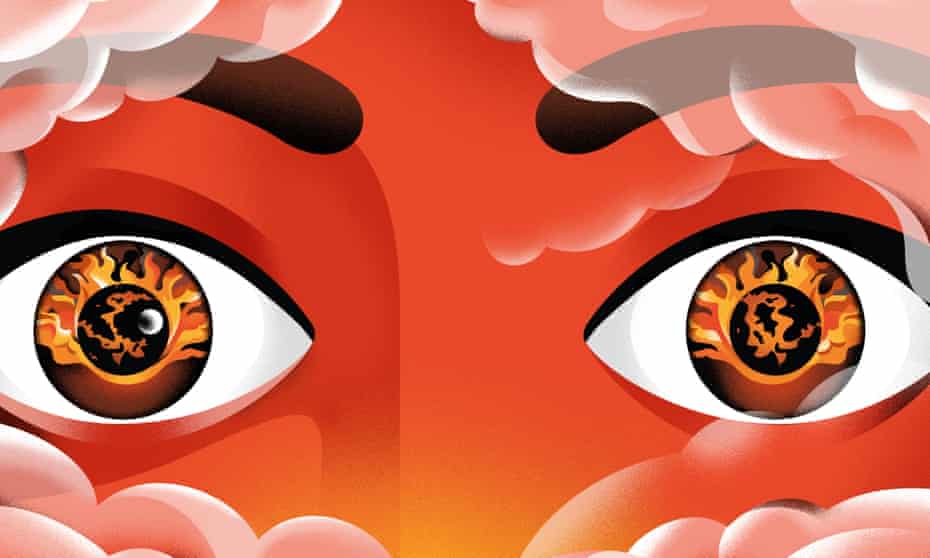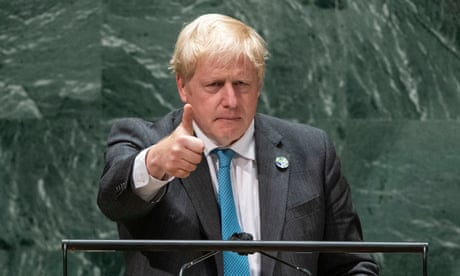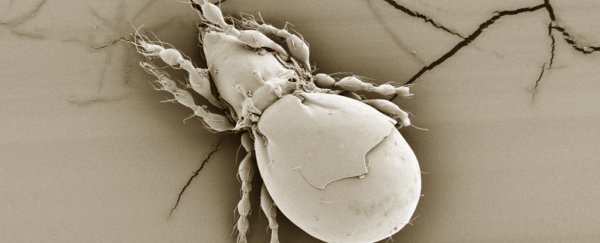UCU’s Jo Grady says disruption from any industrial action down to the ‘decisions of management’

Sally Weale Education correspondent
Sun 26 Sep 2021
University bosses should apologise for any further disruption to students returning to campuses rather than staff who are due to vote on strike action, a union leader has said.
Jo Grady, the general secretary of the University and College Union (UCU), called on students to support lecturers and other university staff who could take industrial action before Christmas and further disrupt learning as campuses try to recover from the effects of the Covid pandemic.
Formal notice of dispute letters were sent to university employers last Wednesday, with strike ballots due to open in 152 universities on 18 October, in the latest chapter of a bitter and long-running dispute over pensions, pay and working conditions, including workforce casualisation.
After all their efforts during the pandemic, Grady said members were angry, morale was at its lowest point ever and she was confident there was huge support for industrial action. In an interview with the Guardian, she said the fight was “too big to lose” and there was “no other option” but to ballot for strike action.
Asked if the union would make an apology to students in the case of further disruption to their studies, Grady said: “I don’t think staff should be apologising for the decisions of management. We are taking action because of the decisions of management.”
Staff were at “breaking point” and if apologies were to be made then it should be vice-chancellors who are saying sorry, she said.
The National Union of Students (NUS) has already come out in support. Its president, Larissa Kennedy, said: “Staff working conditions are student learning conditions and we stand shoulder to shoulder with our educators in fighting for a more just education system.”
Staff who took strike action over similar issues in 2019-20 had widespread support from students. But after the disruption caused by the pandemic, with studies moved online and students stranded for months in their bedrooms, there are fears support might be eroded if lectures are cancelled once again, with fresh demands for tuition fee rebates.
“I think staff will have conversations and I will put out messages with the NUS to students because I think it’s really important they understand,” said Grady. “But I think to apologise for something you too are a victim of would be to send a really mixed message about who should be apologising to students and who should be putting this right.”
The latest ballot over pensions, which affects lecturers, technicians, researchers and administrators at institutions where staff are members of the University Superannuation Scheme (USS), was triggered after employers voted last month for pension cuts to deal with an estimated £14bn-18bn funding shortfall in the scheme.
The UCU claims it would mean cuts of 35% for a typical member – the employers say 7-15% – and argues the valuation on which it is based is flawed. Seven of the 152 UK universities taking part in the strike ballot will vote just on USS, 83 on pay and working conditions, and another 62 on both issues.
A spokesperson for USS employers said: “Instead of punishing students through yet more strike action, the union should formally propose a solution at the joint negotiating committee, the official forum for making changes to the scheme, and we will consult employers on it.”












